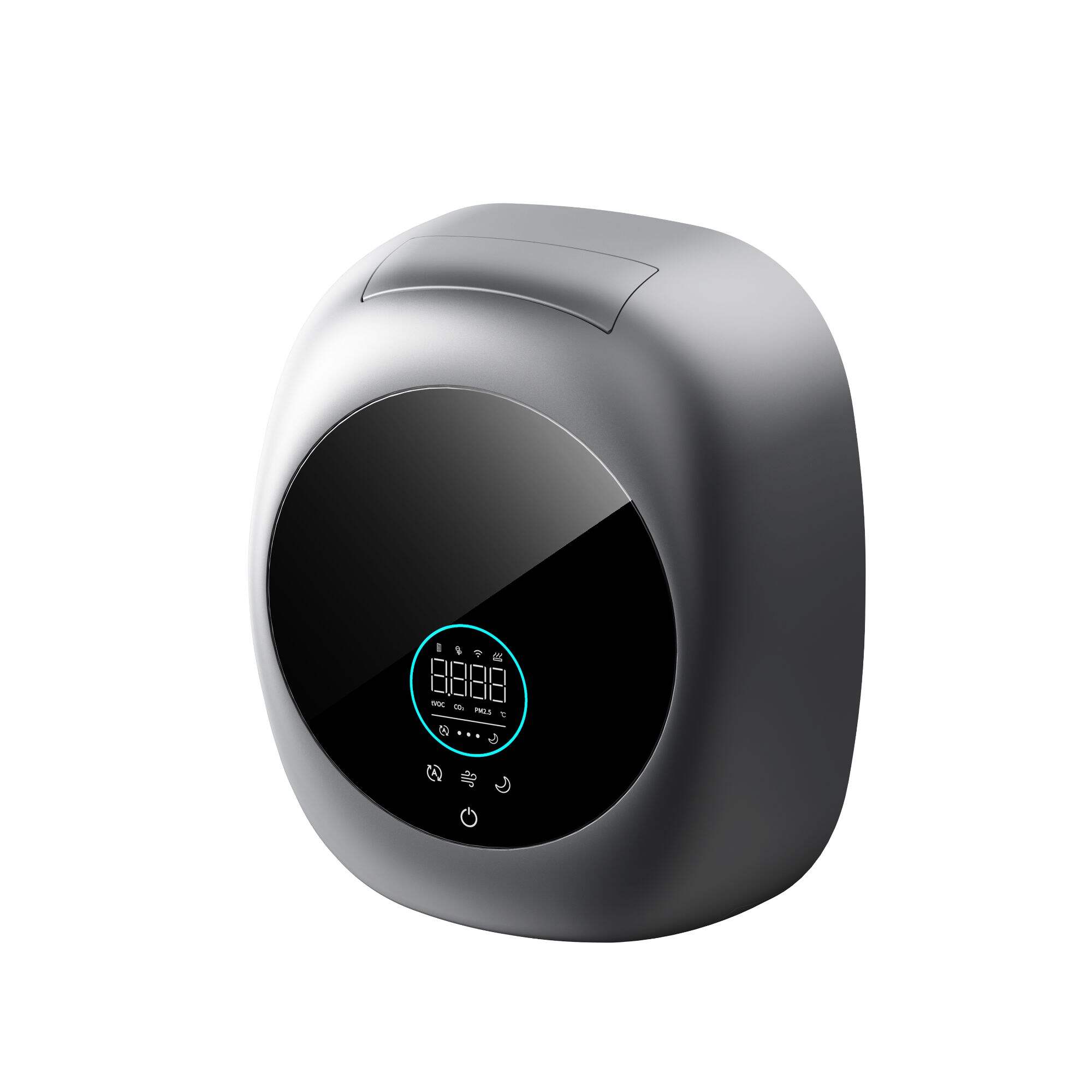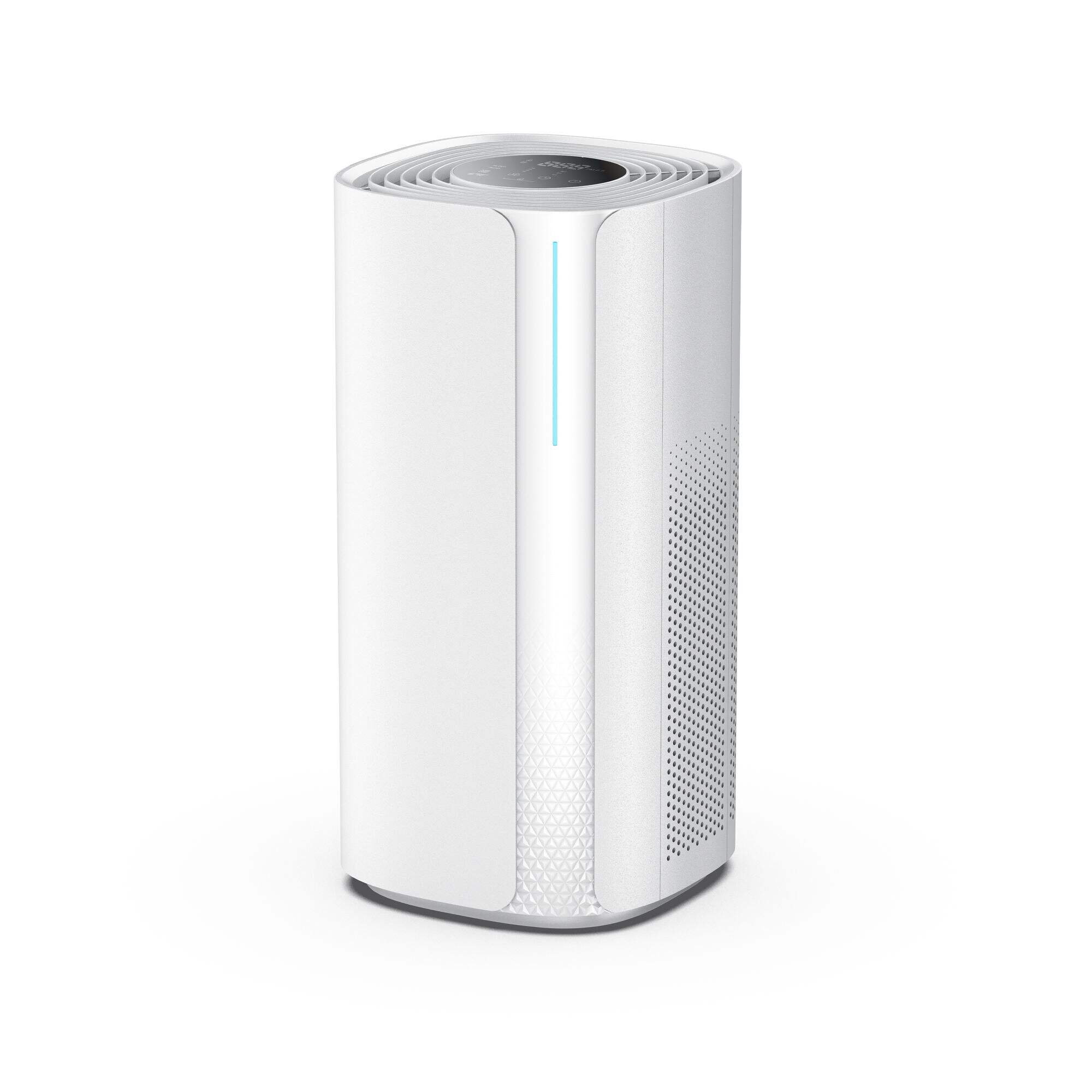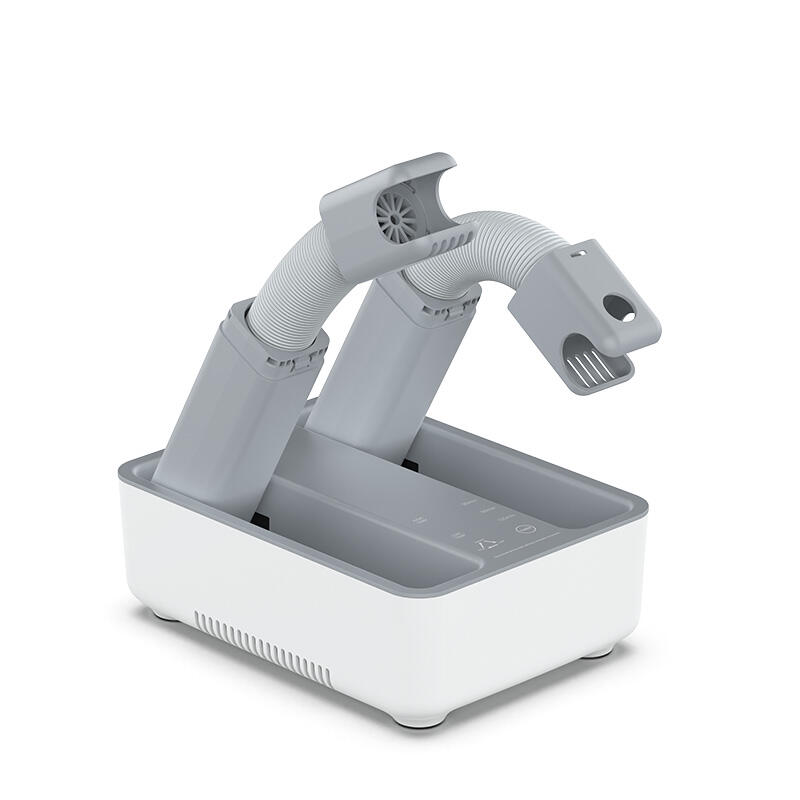Removing Cooking Smells and Smoke from Indoor Air Effortlessly
Immediate Strategies for Removing Cooking Odors
Ventilation Techniques to Clear Smoke Fast
Effective ventilation is crucial in expelling cooking odors and smoke promptly. Utilizing exhaust fans while cooking is one of the most efficient ways to immediately remove smoke and odors, as these fans are designed to vent air directly outside. Opening windows creates cross-ventilation, allowing fresh air to flow in and replace stale air quickly. This simple act can dramatically improve indoor air quality by dispersing cooking fumes. Moreover, kitchen vents or hoods, which are specifically designed to capture smoke and grease, can be highly effective. They work by sucking up smoke and airborne grease, preventing them from spreading throughout your home. By integrating these ventilation techniques, you can maintain a fresher and healthier kitchen environment.
Quick-Acting Natural Deodorizers
Natural deodorizers offer a quick and environmentally-friendly solution to lingering cooking smells. A vinegar and water solution spray acts as an effective natural deodorizer due to vinegar's ability to neutralize strong odors. Simply spray the solution around the kitchen to cut through foul smells. Baking soda is another excellent option; it can be placed in bowls around the kitchen to absorb unwanted scents effectively. Additionally, boiling aromatic substances such as lemon peels or herbs can swiftly neutralize odors, leaving your kitchen smelling fresh. This method not only masks odors but also imbues a pleasant fragrance into the air. Utilizing these quick-acting natural deodorizers can provide immediate relief from pungent cooking smells without relying on chemical air fresheners.
Advanced Air Purification Solutions
Household Fresh Air Ventilator with PTC Heater
Combining the benefits of PTC heaters and air ventilators, the Household Fresh Air Ventilator with PTC Heater offers a dual function of providing warmth and ensuring a supply of fresh air. PTC heaters are known for their efficiency, as they automatically adjust their power output in response to ambient temperature changes, ensuring consistent warmth without overconsumption of energy. When integrated with a ventilator, they enhance air circulation, which is crucial for dispersing cooking odors and maintaining good indoor air quality. The importance of having fresh air in a home cannot be overstated, particularly in kitchens where cooking odors tend to linger.
Smart Air Quality Monitor for Real-Time Feedback
Smart air quality monitors are essential for those looking to maintain optimal indoor air quality, especially in kitchens where odors from cooking can accumulate. These devices continually measure pollution levels, providing real-time feedback that allows homeowners to take immediate actions to improve air quality. The ability to receive instant updates equips users with the knowledge to adjust ventilation and use purifiers effectively, thereby managing indoor environments proactively. Data collected by these monitors can be instrumental in identifying the sources of unpleasant cooking odors, enabling targeted solutions.
PTC Shoe Dryer for Secondary Odor Prevention
Shoes can often retain odors that contribute to an overall decline in indoor air quality. Introducing PTC technology in shoe dryers can help rapidly eliminate moisture and prevent odor buildup. PTC shoe dryers not only dry shoes quickly but also inhibit the development of bacteria and mildew that cause unpleasant smells. By maintaining the freshness of footwear, these dryers play a significant role in preventing persistent odors, ensuring your home remains welcoming and odor-free.
By integrating these innovative solutions, homeowners can significantly improve their indoor air environment, ensuring it remains fresh, warm, and free from odors.
HEPA Filtration for Persistent Smoke Removal
How HEPA Filters Capture Microscopic Particles
HEPA filters, or High-Efficiency Particulate Air filters, are renowned for their exceptional ability to capture microscopic particles. These filters are constructed from a dense, mat-like structure of randomly arranged fibers, typically made from fiberglass. This intricate structure effectively traps particles as small as 0.3 microns with a 99.97% efficiency rate, as supported by research published in the Journal of Environmental Health. HEPA filters are especially beneficial for removing smoke particles, which are notoriously difficult to filter out due to their small size. By incorporating HEPA filters in your air purifiers, you can significantly improve indoor air quality, making the air you breathe healthier and safer.
Combining Carbon Filters for Odor Neutralization
While HEPA filters are excellent for particle removal, carbon filters play a crucial role in odor neutralization. Carbon filters are designed to absorb and neutralize volatile organic compounds (VOCs) and other odor-causing molecules through a process known as adsorption. When combined with HEPA filters, carbon filters create a powerful synergy for comprehensive air purification. For instance, models like the [Coway Airmega AP-1512HH Mighty Air Purifier](#) utilize both HEPA and activated carbon filters to efficiently eliminate smoke odors and particles. This dual-filtration technology not only removes airborne pollutants but also leaves the air smelling fresh, successfully tackling the challenge of persistent odors in the home.
Maintenance Practices for Lasting Freshness
Cleaning Routines to Prevent Odor Buildup
Maintaining a clean kitchen environment is crucial in preventing odor buildup. Effective cleaning methods for kitchen areas include using hot water and a grease-cutting dish detergent to wipe down surfaces. Expert recommendations suggest cleaning countertops and stovetops after each cooking session to prevent odors from settling. Moreover, using vinegar or baking soda solutions for periodic deep cleaning can help break down stubborn grease and eliminate lingering odors. This ensures that odor-causing particles do not accumulate over time, contributing to a fresher kitchen environment.
Aside from cleaning surfaces, it's essential to focus on immediate clean-up after cooking. This practice prevents food residues and spills from solidifying and releasing persistent aromas. Furthermore, addressing spills and removing trash promptly stops decomposition processes that exacerbate bad smells. According to cleaning experts, products like lemon peels and coffee grounds can be natural odor absorbers, enhancing the overall freshness of your kitchen. In combination with regular ventilation, these cleaning routines ensure your kitchen remains inviting and pleasant.
Filter Replacement Schedules for Optimal Performance
Ensuring the optimal performance of air purification systems requires strict adherence to filter replacement schedules. Regularly replacing filters in air purifiers is a proven practice to maintain air quality. Generally, HEPA filters should be replaced every 6 to 12 months, while activated carbon filters need replacement more frequently, about every 3 to 6 months, to effectively neutralize odors and VOCs. This scheduled upkeep ensures that filters can continuously capture particles, promoting clean air in indoor spaces.
Neglecting filter maintenance can have dire consequences on air quality, leading to ineffective capture of airborne pollutants and persistent odors. Failing to replace filters regularly can cause them to become clogged, reducing the purifier's efficiency and, consequently, the freshness of the air. Over time, compromised filters not only diminish the air purifier’s performance but could also contribute to increasing pollutants in your kitchen air. To avoid these issues, commit to a routine schedule, and consider setting reminders to ensure timely replacements, sustaining a healthy and safe air purifier efficiency over its lifespan.

 EN
EN
 AR
AR
 NL
NL
 FR
FR
 DE
DE
 EL
EL
 HI
HI
 IT
IT
 JA
JA
 KO
KO
 PL
PL
 PT
PT
 ES
ES
 ID
ID
 VI
VI
 TH
TH
 TR
TR
 MS
MS



